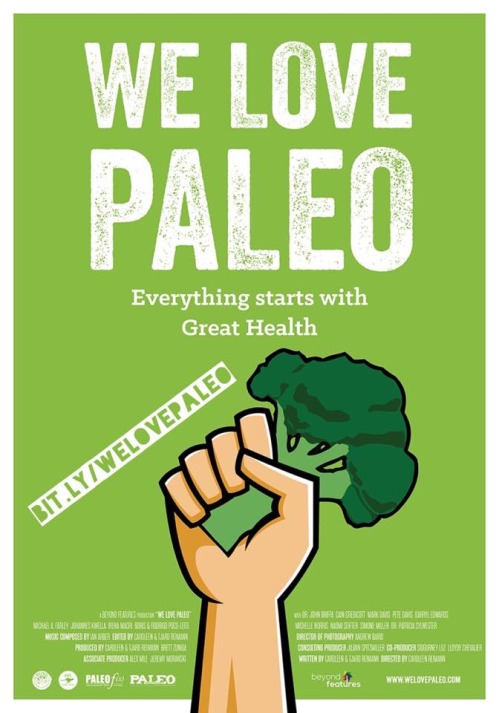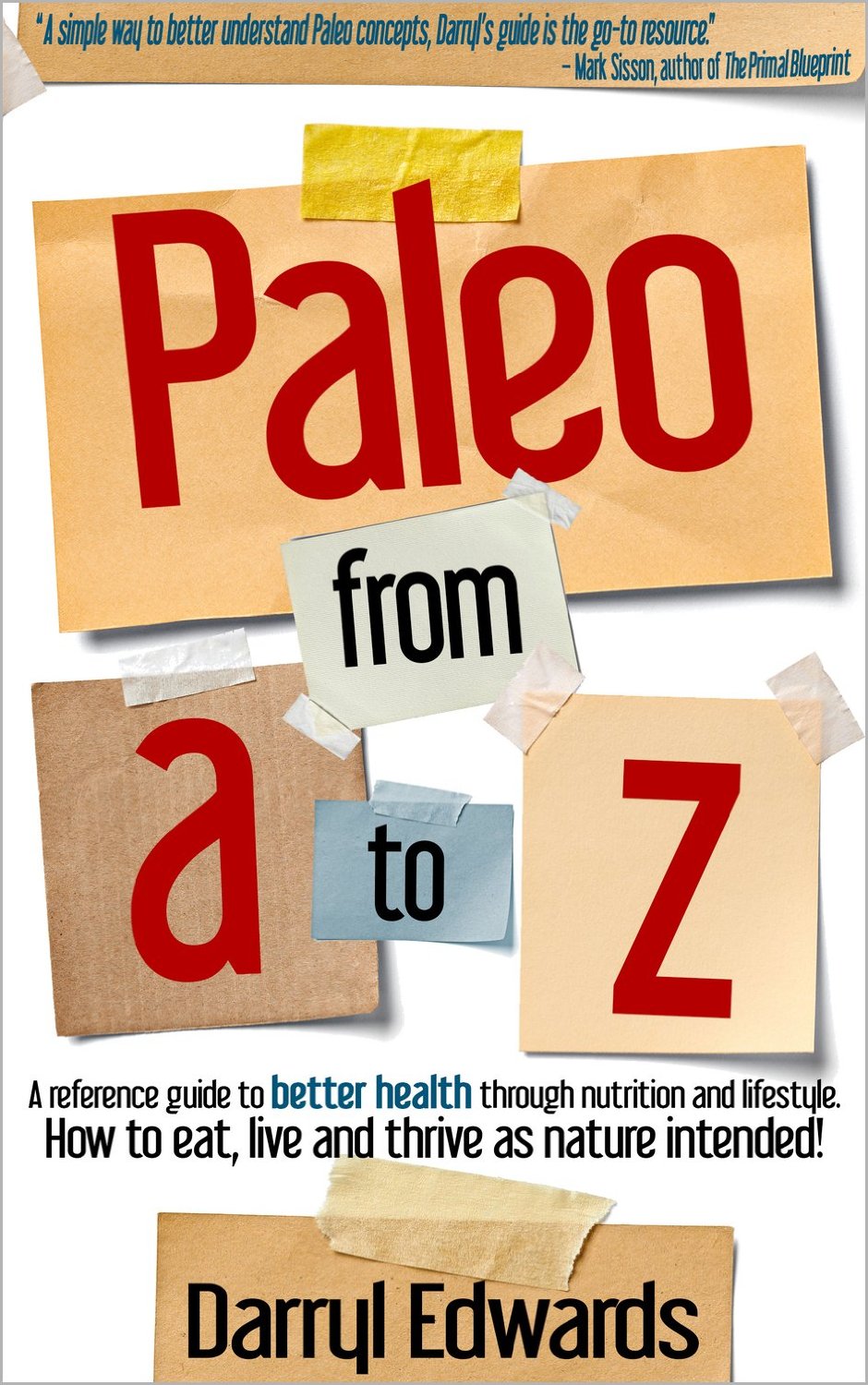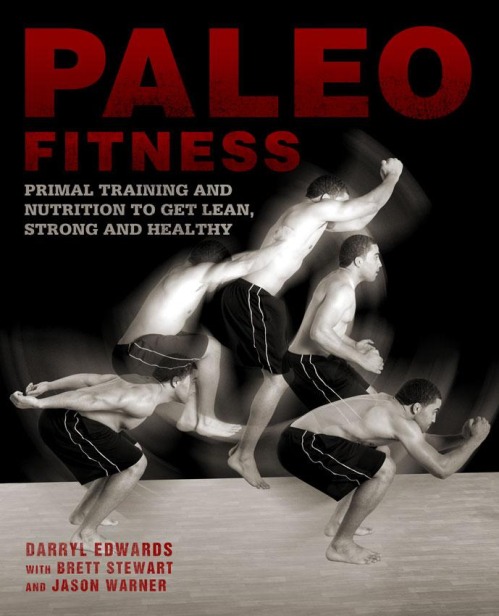"If you are looking for a simple way to better understand Paleo concepts, Darryl's Paleo from A to Z guide is the go-to resource."
-Mark Sisson, best-selling author of The Primal Blueprint and publisher of Mark's Daily Apple
What is Paleo Fitness?
Doing little often and sitting less can be more healthful than a significant movement effort once a day.
While the benefits of physical activity have long been recognised, the modern environment encourages us to pursue a lifestyle of inactivity. Humans are lured by gadgets, transport options, labour-saving devices, and technological solutions, all of which have led us down the path of reduced movement. Do you know that high levels of activity alone do not cancel out the effects of sitting down for several hours a day? [1]
The ACSM (American College of Sports Medicine) proposes reducing sedentariness for all, regardless of your physical activity level. This can be achieved by interspersing intervals of standing with short bouts of physical activity between periods of time spent sedentary. [2]
In other words, doing little often and sitting less can be more healthful than a significant movement effort once a day.
It's all about balance:
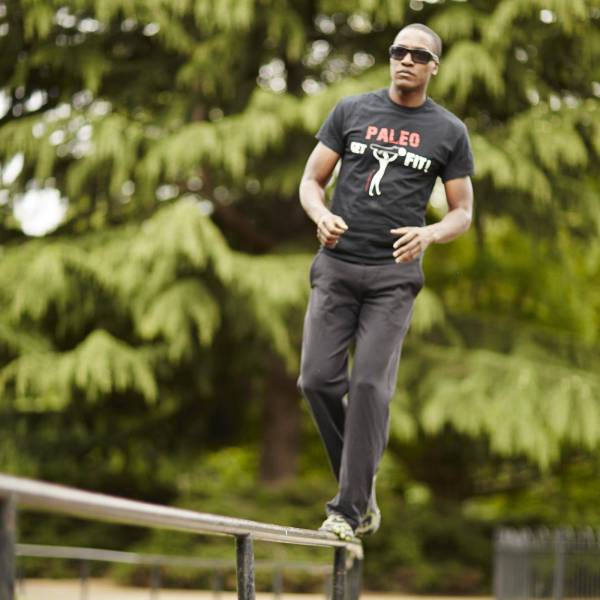 Use your environment as your gym!
Use your environment as your gym!
We Are Designed to Be Movement Generalists:
Most exercise programmes focus on a few specialised areas. We may concentrate on a particular skill or movement alone, to the detriment of others. For example, we may just focus on doing some cardio or just resistance work. However, these approaches have one fundamental flaw - they ignore our ancestral heritage and nature's prescription for adaptation that got us here. The human genome was not framed around enduring recreational ultra-endurance marathons or exclusively heavy lifting an object repeatedly in order to develop fitness. [3]
Through natural selection, we thrived on a broad movement repertoire of activity and intensity.
We are designed to be movement generalists, multi-skilled and multi-faceted, rather than specialists in one or two areas. Our training should reflect this.
The types of exercise for which we are evolutionarily adapted include a variety of activities performed intermittently, at moderate intensities, for reasonable durations. This variety not only improves our physical capability, but also lowers the occurrence of repetitive stress injury, provides inherent motivation, and increases the likelihood for long-term adherence to exercise programmes.
Our ancestors were naturally lean and strong, based on the activities they had to do daily.
One clear solution is to get back to basics and reference the movement patterns of our hunter-gatherer ancestors. They were naturally lean and strong, based on the activities they had to do daily. Follow this approach to move as nature intended. Train above and beyond basic function. Be ready to meet any challenges life throws at you. [4]
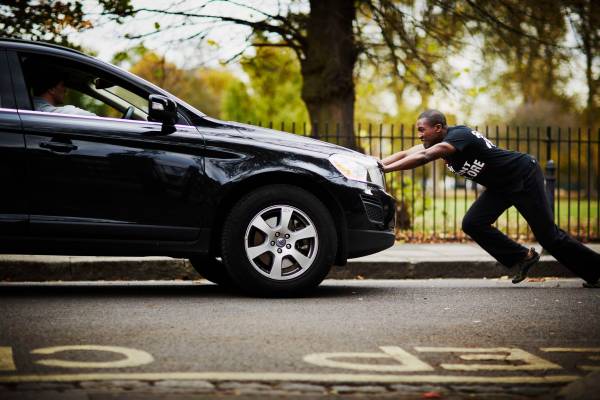 Be Ready!
Be Ready!
In Summary:
Moving in vastly different patterns from those to which we are genetically adapted causes a significant proportion of the health issues we encounter today. The solution is to replicate natural movement patterns in a natural environment as best as practically possible. Doing so will promote long-term health, quality of life, and survival.
The solution is to replicate natural movement patterns in a natural environment as best as practically possible.
In summary, focus on movement not muscles, be practical and don’t stop at basic function, prioritise activity more than exercise, and seek health above performance.
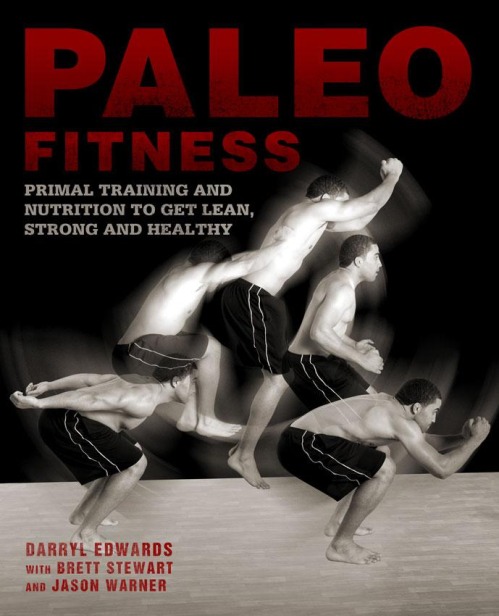
For more details on Paleo Fitness check out my book Paleo Fitness - A Primal Training and Nutrition Program to Get Lean, Strong and Healthy - learn more at www.paleofitnessbook.com
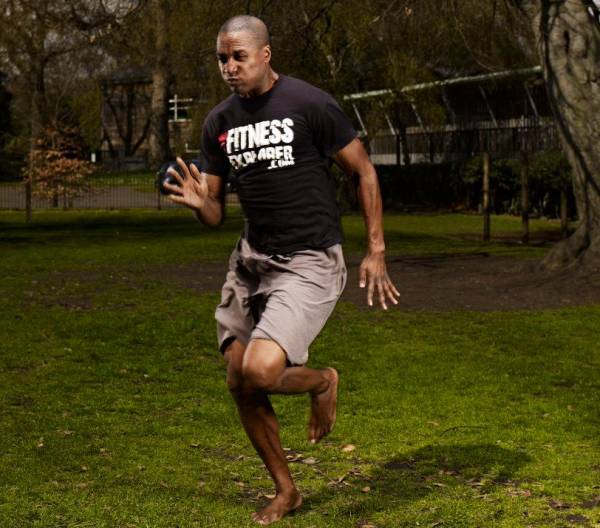 Move with intensity and purpose!
Move with intensity and purpose!


